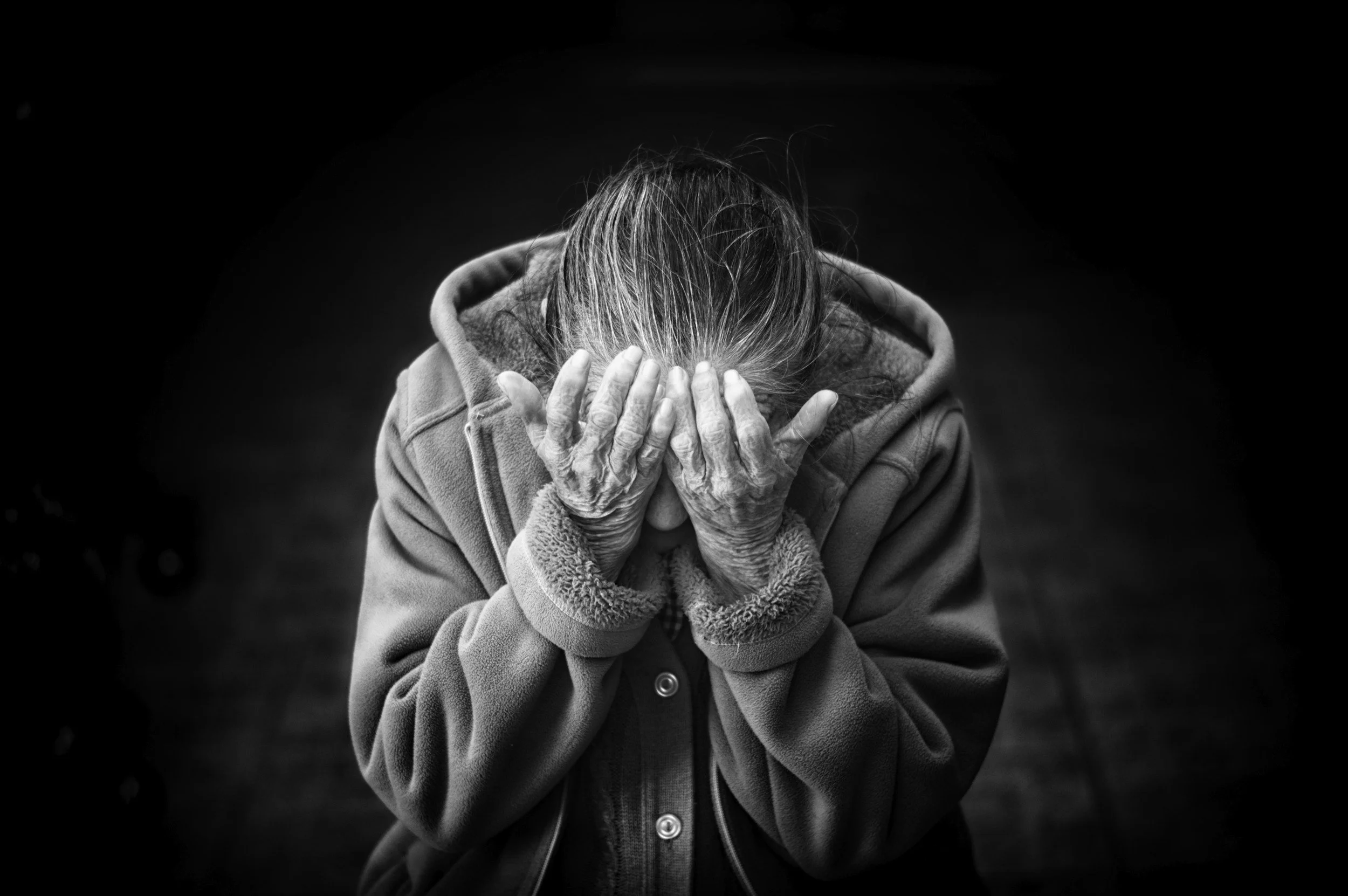
Embodiment
Is embodiment a noun or a verb? Embodiment may be considered a verb because it is a process that is both deliberate and engaging, rather than a static concept. Humans have a choice as to whether we fully engage in our experiences, partial engage, or complete check out.

Mind-Body Connection
The mind-body connection is the intricate, bi-directional relationship that exists between our thoughts, emotions, and physical health and the body. What is important to note here is that we are talking about a connection. The mind and the body are not two separate entities, rather they are interconnected and influence each other. There is growing research that is now demonstrating how both the mind and the body have the potential to impact cardiovascular health negatively and positively (Levine, 2019).

An Introduction to the Stigma Surrounding Sport and Performance Psychology and Athlete Mental Health
Mental health issues affect athletes at prevalence rates that are similar to the general population even with the belief that athletes are protected because of their highly active lifestyles (Petersen et al., 2023). And yet, stigma continues to be an issue for athletes when it comes to seeking support from a mental health professional or sport and performance consultant (SPC). Let’s begin our discussion because when we start to talk about mental health and sport psychology consulting we begin to break the stigma.

What is Sport Psychology? What Sport Psychology is Not?
In a previous blog post, we discussed mental health and mental health stigma. Now it seems appropriate that we bring up sport psychology to understand more about what sport psychology is and what it is not. And, yes there still is stigma and misunderstanding surrounding this branch of psychology.

Remember the Importance of the Nonverbal in Athletes: Language of Postures and Gestures
The body is the instrument of the athlete and as such there are many ways the body communicates. We often think of verbal communication first, but what the body conveys in terms of the nonverbal is also an essential element for athletes to consider. So let’s bring the nonverbal back into the conversation.

Mental Imagery or Sport Imagery Practices for Athletes to Enhance Performance
But what about a technique that does not require physical practice that helps improve motor learning? Enter mental imagery, sport imagery or visualization.

The Masks We Wear: Through the Lens of Persona, Masking, and Code-Switching
This is the time of year when people who celebrate Halloween begin to think about their costumes or maybe they already have their costume picked out by this point. Some of these costumes may include a mask to create the desired effect. Masks, however, serve other purposes besides dressing up for Halloween, and some of these purposes and variants will be discussed in this post.

Changing the Stigma Surrounding Mental Health
Mental health and stigma are words that are often used together, though there is hope for a future where that is not the case. The stigma surrounding mental health is insidious, embedded on many levels and can have harmful consequences. This post hopes to explore the topic of mental health stigma in hopes of inspiring everyone to do their part to help break this stigma, which can only be done if we all work together.

Why Mental Health?: Through the Lens of Emotional Regulation, Social Connection, and Systemic Environmental Systems
Yes, mental health. I said it, and it is a topic that must keep coming up because of how essential it is to our overall well-being and quality of life. Mental health, like physical health, exists on a continuum (Menefee et al., 2022). Think about this as shades of gray between white and black. Mental health is not all or nothing nor is it an isolated aspect of being human. Mental health is linked to our physical health, emotional well being, and social relationships.

The Power of Narrative and Reframing
We often craft narratives or stories in our head about events, experiences, people, places, etc., which, given what the brain is programmed to do, makes sense. In the process, we may adjust, add, or omit facts or aspects to make the story fit. When we craft narratives or stories our brain accesses the parts that are involved in emotional, processing, memory, and social cognition (Martinez-Conde et al., 2019). While there is plenty of neuroscience research that talks about the specifics, we will not dive into that here and now. If you would like to, the research is interesting and Google Scholar is a great tool for investigating this topic. Our focus takes us down a different path.

Welcome Autumn!
The green of summer fades into fiery reds, dazzling yellows, and soft oranges. The flowers of summer bear fruit and we begin to enjoy winter squash, apples, cranberries, and sweet potatoes. Along with the unique astronomical phenomena and the beautiful change in color palette, this time of year often elicits different themes that invite reflection.

Domains of Grief: Spiritual
When we experience a loss we can experience the loss of a mirror in our life. For example, if someone had a child die, the question that may arise is, “Am I still a mother/father?” Another example that is not death related may be, “My parent is in jail. What does my life look like now without my parent?”

Domains of Grief: Physical
The body has a role in grief! It may seem like an obvious statement, and yet, it seems like it can easily be missed in some contexts. Grief does naturally result in our body responding to the stress of the loss.

Domains of Grief: Social
The social domain of grief is looking at a mourner's experience engaging with the world. As was introduced in a post a few weeks ago introducing the domains of grief, there are potentially two different perspectives to consider when looking at this domain. As a reminder, the first facet is if friends and/or family withdraw due their own need to not be around grief, lack of knowledge of how to be present for someone, etc. and the result is isolation. The second facet is on the part of the person experiencing the grief and their potential reactions to socially isolate, detach, avoid reminders of the loss, or refrain from asking for support.

Domains of Grief: Cognitive
So when a loved one dies, you can no longer find the person in time and space and the brain struggles to understand that based on previous learning. The neural architecture of a bond with another enables a belief that the loved one still exists even though there is substantial evidence saying the opposite (O'Connor & Seeley, 2022).

Domains of Grief: Emotions
Emotions serve a purpose in our lives. Some people have learned to embrace their feelings while others have been taught to stuff them away. There is also a continuum within embracing and stuffing emotions away. These lessons are learned via our culture, family culture, and from individuals, consciously or unconsciously.

Domains of Grief: An Introduction
With some of the basics of grief covered, it is time to do a little bit more of an exploration so that we can learn more about grief. Readers be warned! Learning about grief can remind you of your own grief. That is okay. Grief is not something we get over. Rather it is something we integrate into our lives. The below quote drives this point home.

Grief and Bereavement Basics: Part 3
Disenfranchised grief is what people experience when the loss is not or cannot be openly acknowledged, socially sanctioned, or publicly mourned. Another way to say this is that a person may experience a loss, but it is not recognized by others or society nor is the grief associated with the loss.

Grief and Bereavement Basics: Part 2
When you think about loss in the context of grief and mourning, where does your mind go? Does it go first to death? For many people it does. However, loss includes so much more.

Grief and Bereavement Basics: Part 1
Grief, mourning, and bereavement are topics that people generally do not like to talk about as they bring up all sorts of different feelings, thoughts, and memories. While we will not dive into this topic in-depth, please do take care of yourself as we cover the basic terminology so that we have a common language and an opportunity to understand some of the terms that are often used interchangeable, but that are different concepts. Hopefully, we all walk away from reading this post remembering to hold our grief and that of others with tender care.